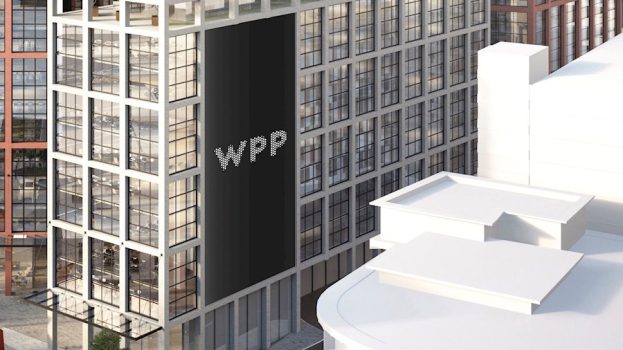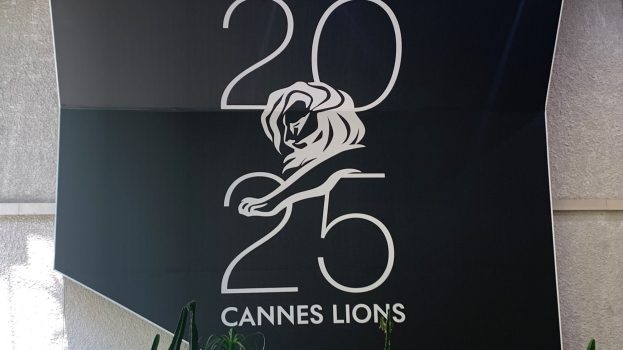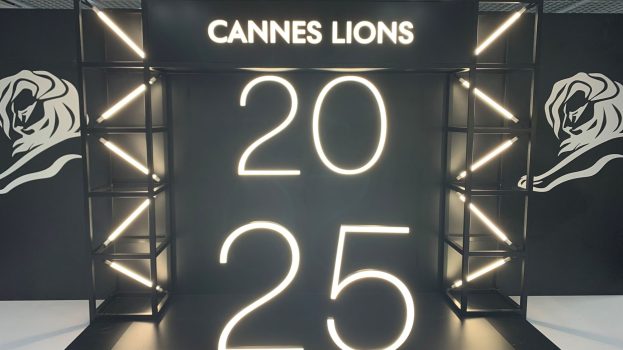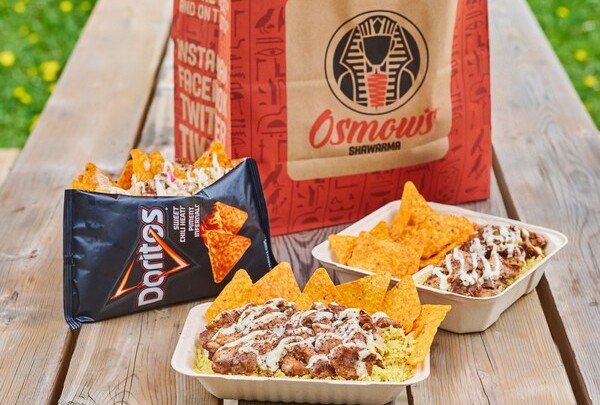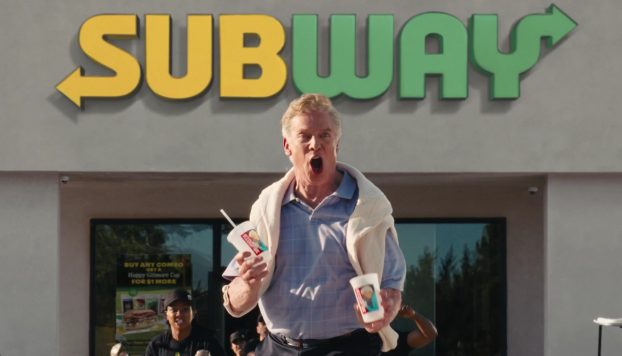Tunes, babes and beer. It’s a no-brainer combination that Foote Cone & Belding Toronto Interactive capitalized on brilliantly for its drive-to-Web viral campaign ‘The Coors Light Trauma Tour,’ cross-country showcase of extreme sports and entertainment.
In addition to 3D outdoor push-to-site efforts, there’s a TV spot in which a guy launches his bike off a rooftop. Does he make it?
The coorslight.ca Web site was the only way to find out. Once there, if viewers referred a friend, they could view two alternate endings on the Trauma Tour Flash-based microsite. Visitors also had a chance to win VIP tickets, which combined sports like wakeboarding and acts like Sum41.
Launched on June 28, the strategy behind this first-time, eight-week multimedia campaign was to break through the summer clutter.
It shattered: 100,000 users visited the site with about 50% engaging in viral activity. Peers Michael Convery, CD at Toronto’s Fjord Interactive, and Neil McPhedran, MD at
Toronto-based Tribal DDB Canada, explain what makes this campaign work.
Concept
MC: ‘I love the drive to the Web with a cliffhanger TV spot. It’s a brilliant tactic that’s underused still.
And it’s perfect for that multimedia-type demographic that jumps quite freely from TV to Web.
NM: The strategy is great. A lot of times a drive-to-Web strategy is to slap on a URL. This was well executed. 49.5% of Canadians have a computer in the same room as a TV set. Of those, 50% frequently and 30% occasionally use their computer while watching TV. I would encourage brands to do more of [this sort of thing] ’cause it works.
creative
MC: The scratchy, distressed edges are a familiar Photoshop look now. I’ll excuse that because I think the raw, gritty feel is appropriate for the promotion, the sport and spirit of the whole thing.
NM: The creative is nice and robust. It’s aggressive branding. The caveat is that because the coorslight.ca site as well as the microsite are both fairly heavy loads, I had to do a lot of
clicking. I would have liked to be driven to the microsite URL.
TV spot
MC: It tied in great and had that authentic feel.
NM: I like how it started. There was the plot of the ad itself but then they threw in the Trauma Tour and all the bands and they went back to the ‘See the End.’ For 30 seconds, it was a lot.
interactive
MC: ‘There’s aggressive data gathering going on here. There’s a big form for the contest with 10 fields [and a viral component] to send on to friends. It felt like a lot of typing. It felt like they’re
holding the elements for hostage: the alternate endings, and
entering into this cool concept. Feels a little heavy-handed.
NM: Viral is tough. 50% of the people engaging in the viral activity is phenomenal. Those are fantastic results when anything over 25% is extremely successful. Getting someone to pass it on because they’re going to get a reward took it to the next level and was a great incentive.
wow factor?
MC: It had a real excitement and relevance to this target. I love that it’s so tightly integrated. It’s buzzworthy. It’s something that not enough advertisers are doing and I think they should have waved the flag a bit harder.
NM: It’s beer. They have huge [ad] budgets and this would have been expensive, but they did a good job of really getting the demographic to interact. The strategy was smart and the way they executed it even smarter.
The creds:
Overall program concept and interactive
media supervisor: George Panopoulos
Copywriter: David Horovitch
Art Director: Ari Elkouby
Group Account Director: Andrew Bailey
Agency credits (television and outdoor)
CD/Copywriter: Brad Monk
Art Director: Vince Tassone

